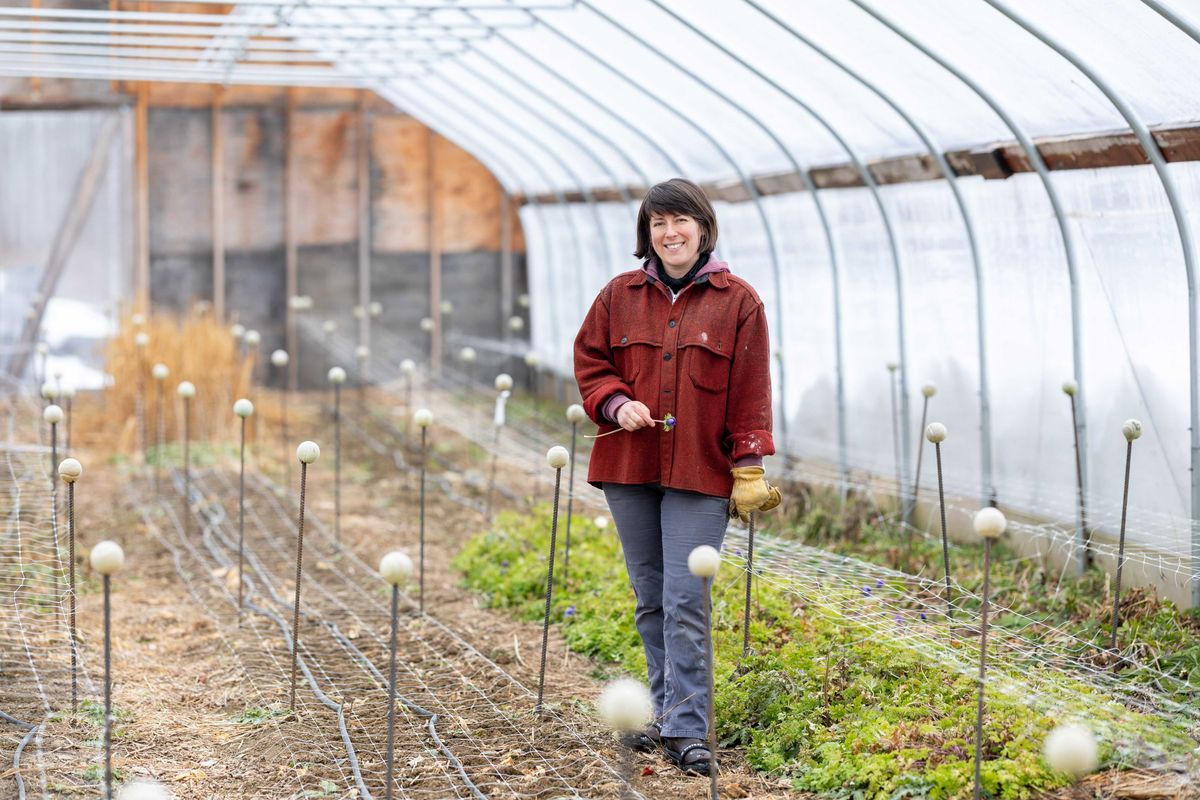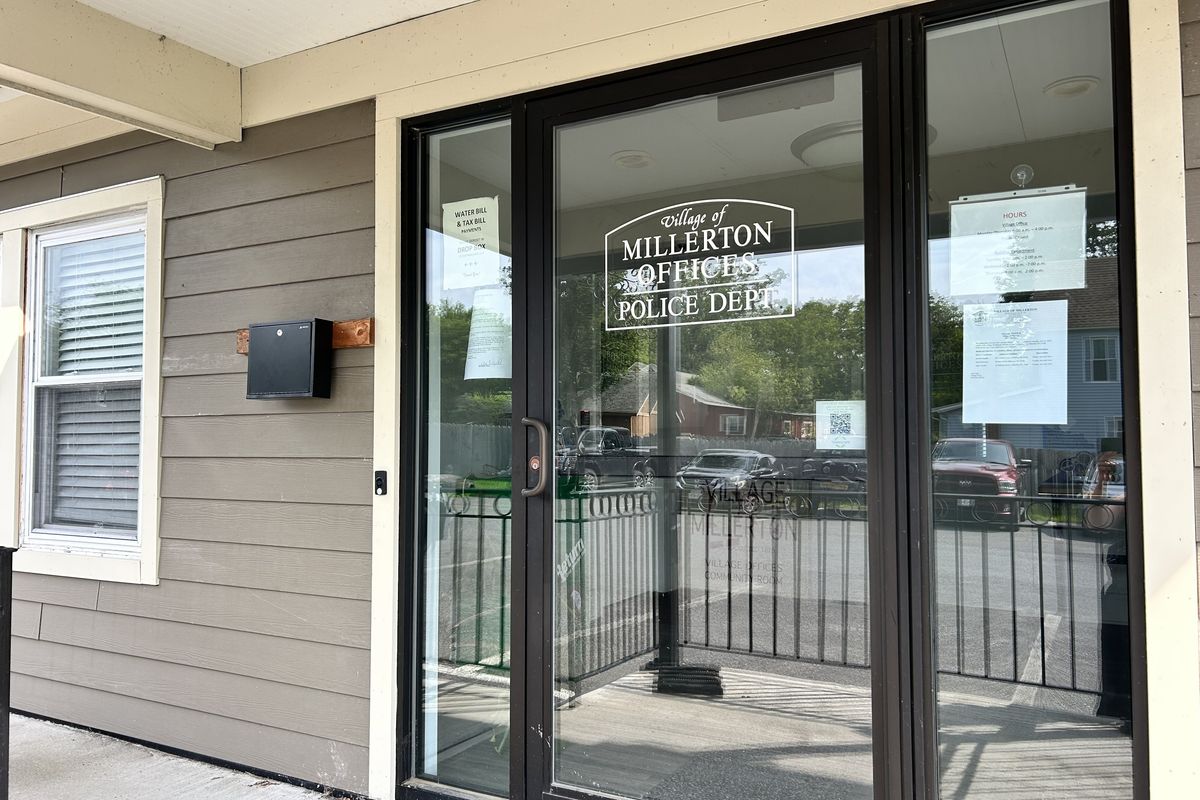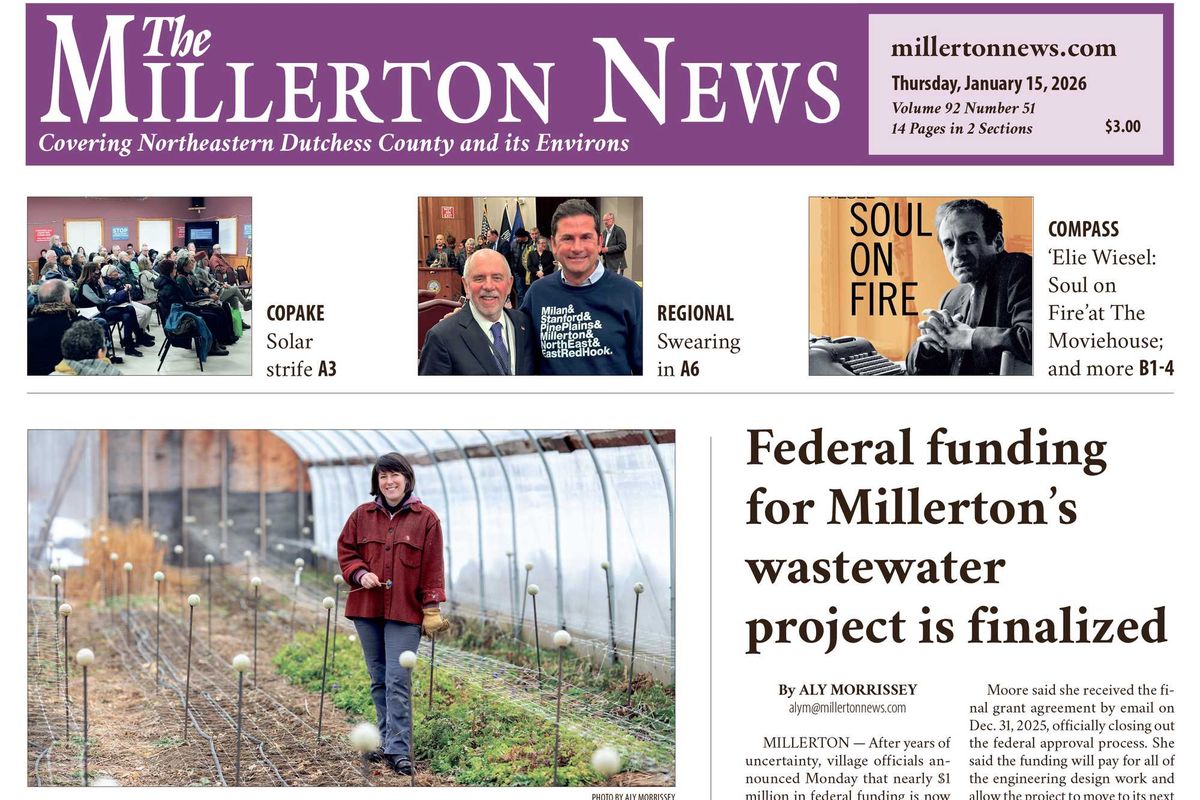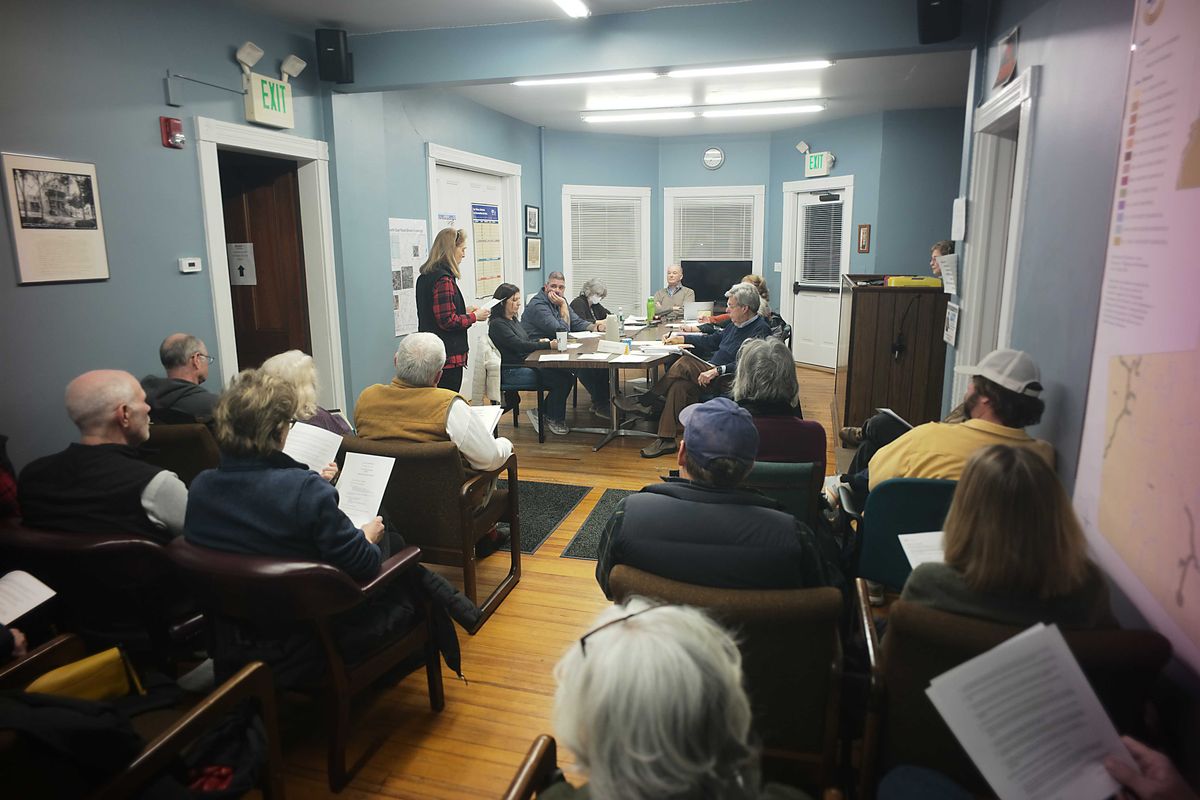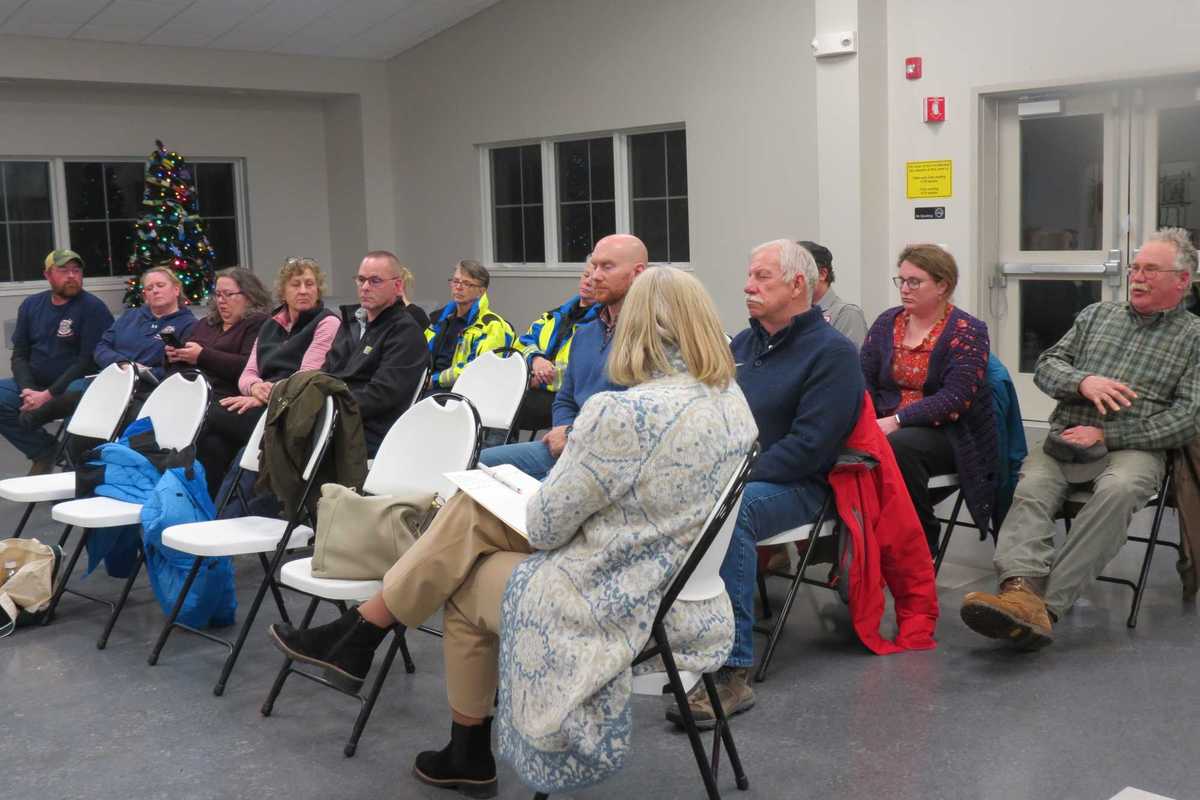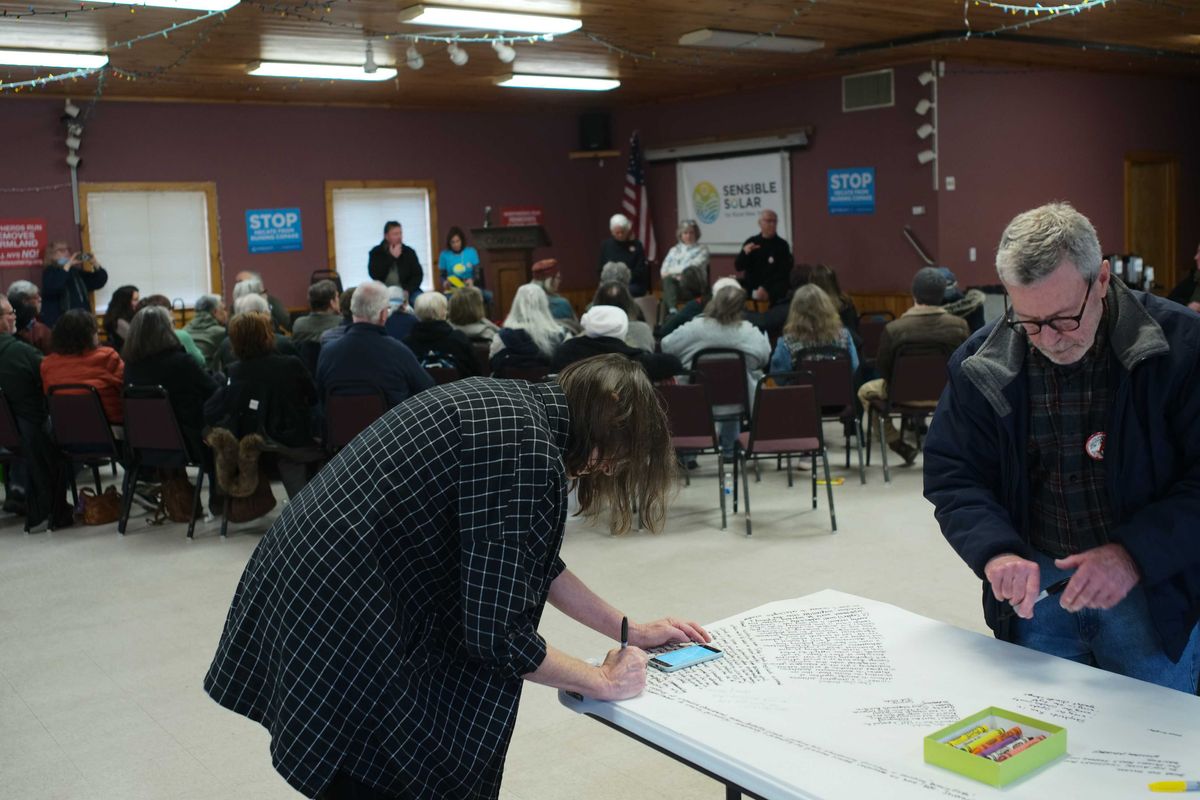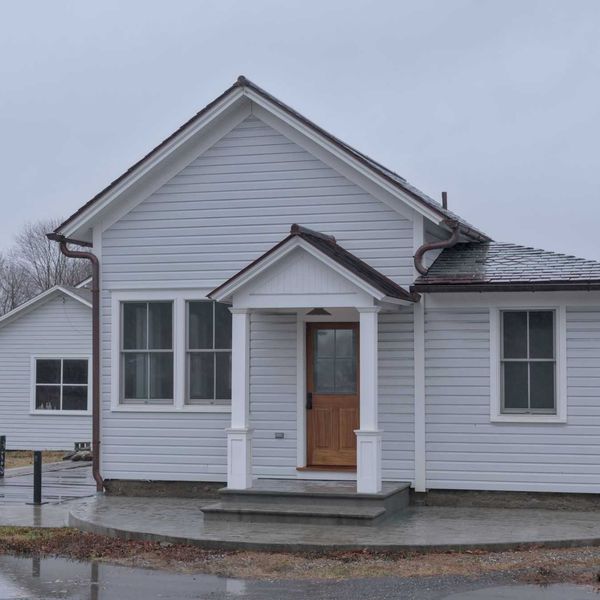Climate Smart group looks at wetlands, floodplains
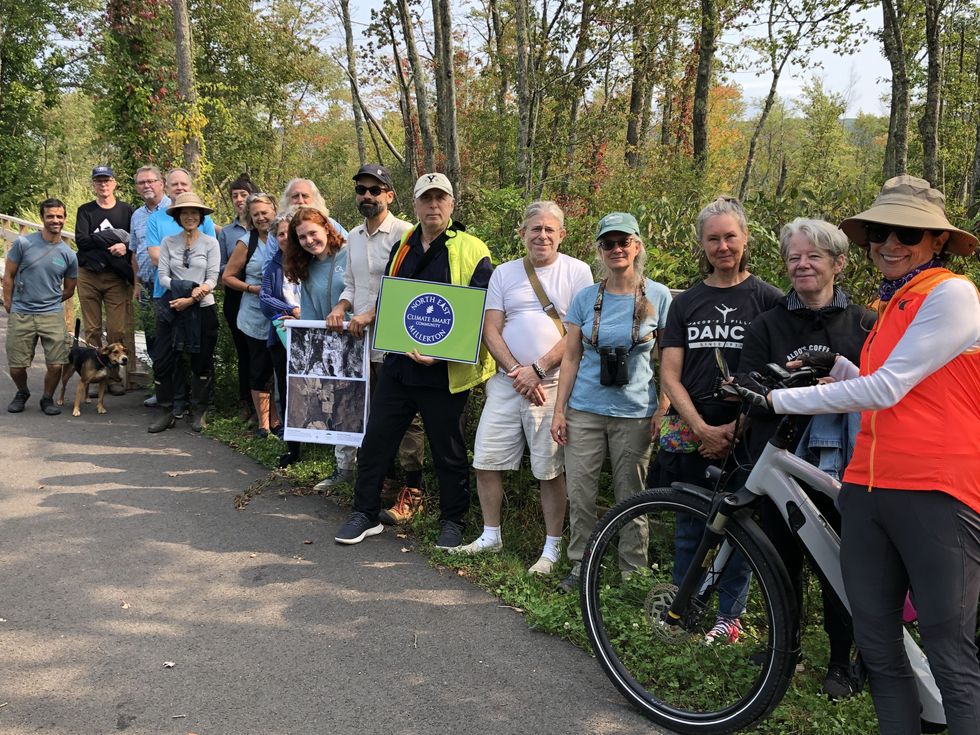
About 25 community members gathered on the Harlem Valley Rail Trail north of Millerton on Sunday, Sept. 12, for a guided wetlands and floodplains walk with Julie Hart from the Dutchess Land Conservancy and Amanda Cabanillas from Housatonic Valley Association. Photo submitted
